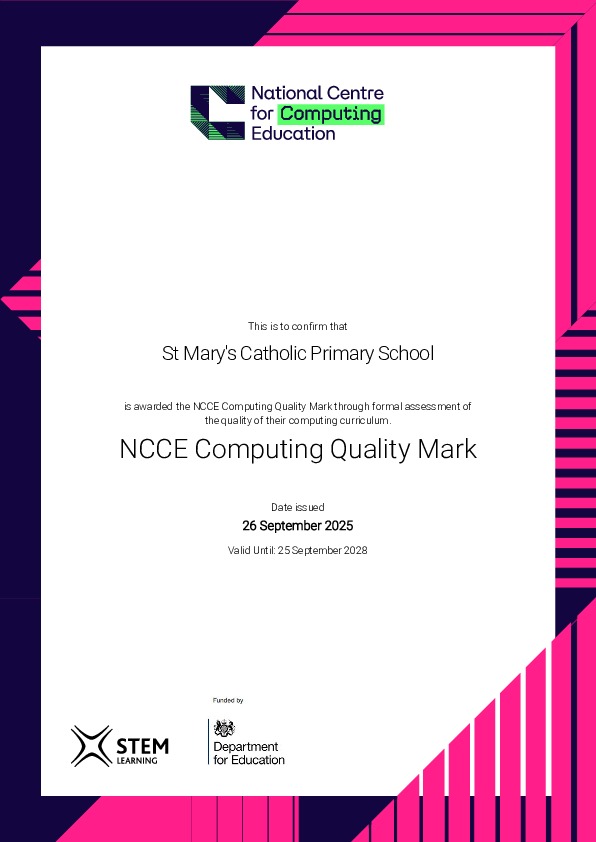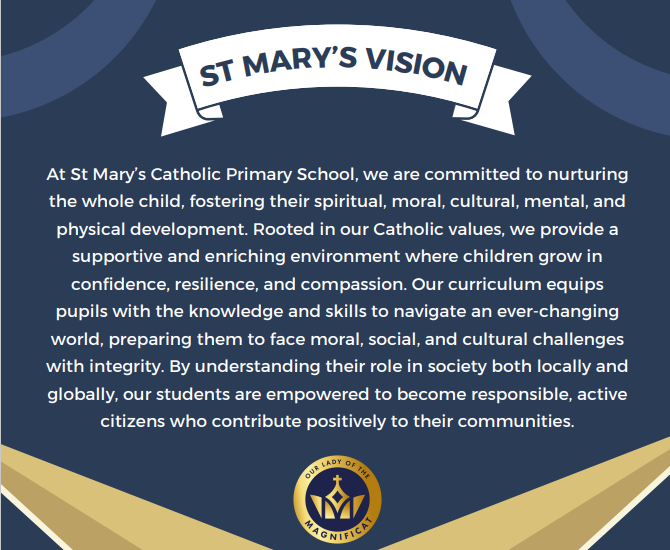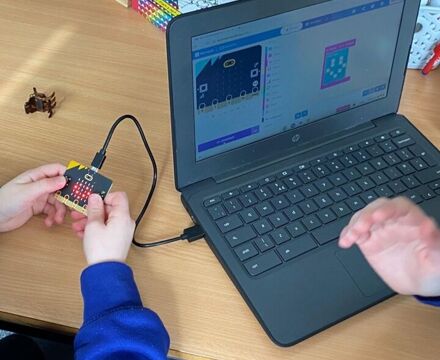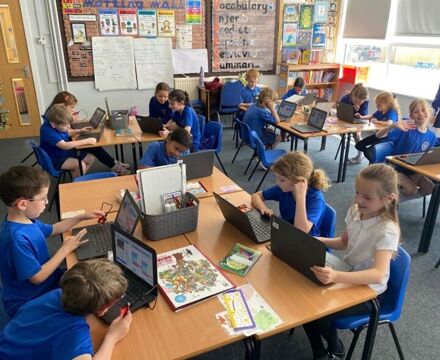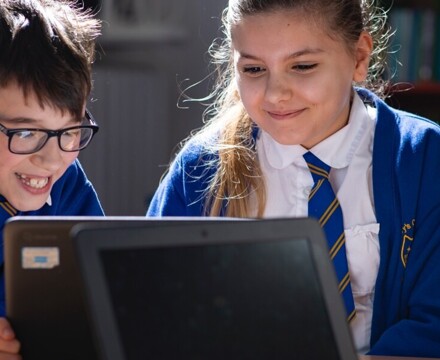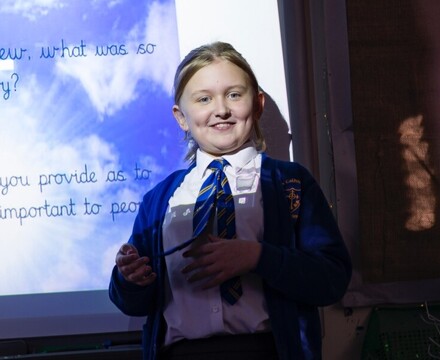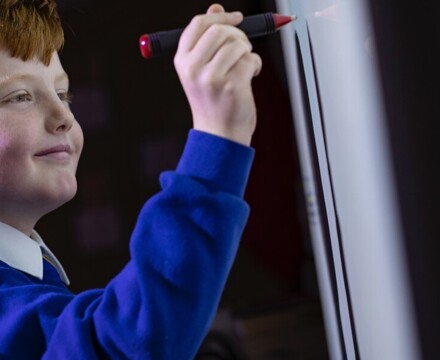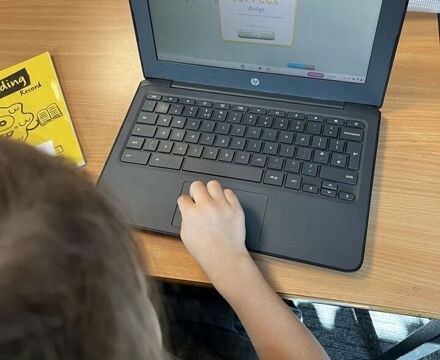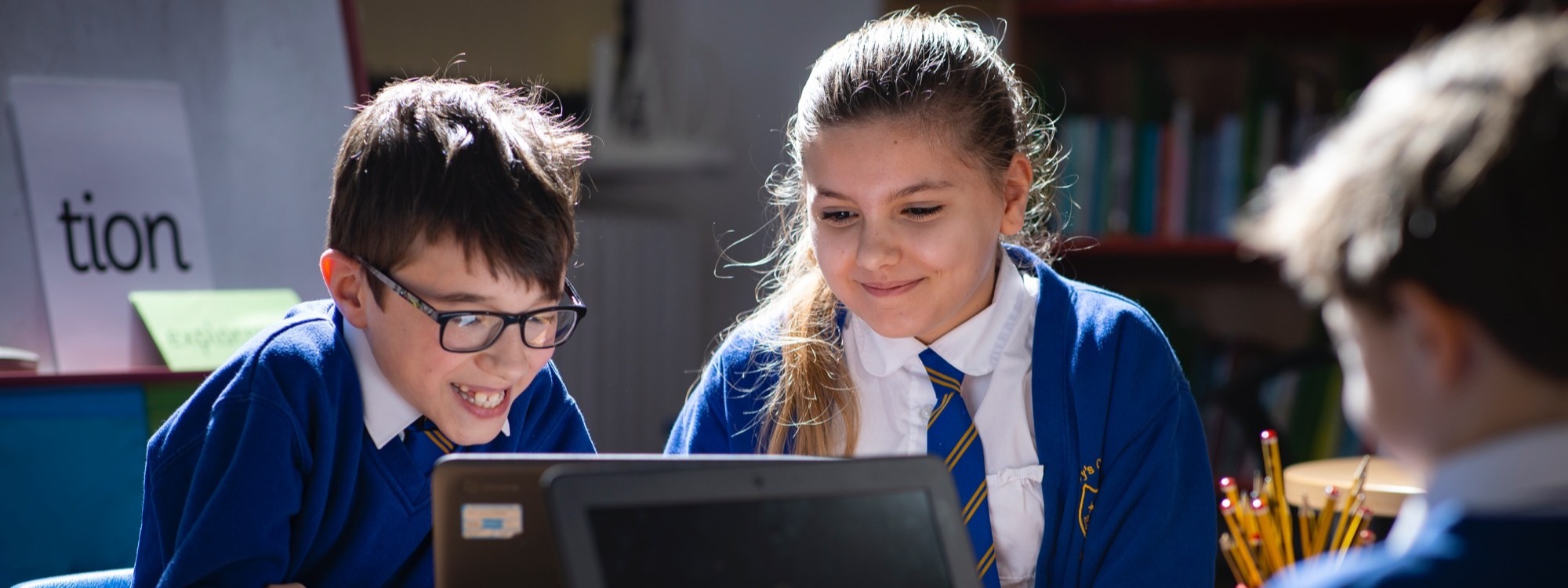
- Home
- Curriculum
- Subject Information
- Computing
Computing
COMPUTING AT ST MARY'S CATHOLIC PRIMARY SCHOOL:
At St Mary’s Catholic Primary School, we aim to promote computing education, allowing children to express their creativity, take risks, and develop their problem-solving and digital skills. We encourage students to reflect on their learning through the lens of Catholic values and virtues, which are central to our school and the Our Lady of the Magnificat Multi-Academy Trust. Students serve God by using technology responsibly, collaborating with others, and applying their digital skills to enhance their learning and the wider community.
Intent:
At St Mary's, we strive to give children a thorough and ambitious education in computing, equipping them to use technology, computational thinking and creativity to understand and engage with the changing world around them. It is now more important than ever that children are able to use technology positively, responsibly and safely, and that they see good models of this.
Throughout their educational journey at St Mary's, children will have gained key knowledge and skills in the three main strands of the National Curriculum for Computing:
-Computer science (programming and understanding how digital systems work),
-Information technology (using computer systems to create, store, retrieve and send information)
-Digital literacy (evaluating digital content and using technology safely and respectfully).
Furthermore, from Key Stage 1 to Year 6, experiences in computing and the wider curriculum are planned to develop children’s computational thinking skills. In class and during home learning, children enjoy completeing tasks using Google Workspace, Seesaw, Timestable Rockstars and more. Throughout the year, children are able to take part in workshops and lessons, both in person and online, from specialist providers to further support their computing education.
E-safety is taught through both computing and RSE lessons, as well as reinforced and discussed each time children interact with technology. We enjoy celebrating events such as e-safety week, where we come together as a school to consider how we can be safe when using technology.
Implementation:
In the 2024-25 academic year, our curriculum for Computing will be adapted from the Kapow scheme of work, ensuring high quality, engaging lessons and coverage of all aspects of the National Curriculum. This scheme was chosen as it has been created by subject experts and based on the latest pedagogical research. It provides an innovative progression framework where computing content (concepts, knowledge, skills and objectives) has been organised into a spiral curriculum, ensuring that pupils revisit learning and information areas throughout KS1 and KS2 with increasing depth each time a key area is revisited. Upon returning to each key area, prior knowledge is utilised so pupils can build on previous foundations, rather than starting again.
What a typical lesson looks like:
Let's Rewind: Reinforicing prior knowledge and prepares pupils for new skills.
Teach it: Introduce new concept, technique or piece of music. Interactive explanations and modelling are key at this stage.
Practise it: Pupils engage in hands-on practice, either individually or in groups. Scaffolding is used to support learning and pupils recieve feedback.
Assessment: Evaluate pupils understanding through informal and formal assesmnet. The goal is to check progress.
Impact:
Through computing education provided at St Mary's, pupils can learn 'powerful knowledge', enabling them to become informed and active participants in our increasingly digital society.
Please find below our Computing Curriculum Plan, which outlines the units to be taught in each year group for the 24-25 academic year.
We are proud recipients of the Computing Quality Mark, awarded by the National Centre for Computing Education in recognition of our excellent practice in the teaching of computing.
